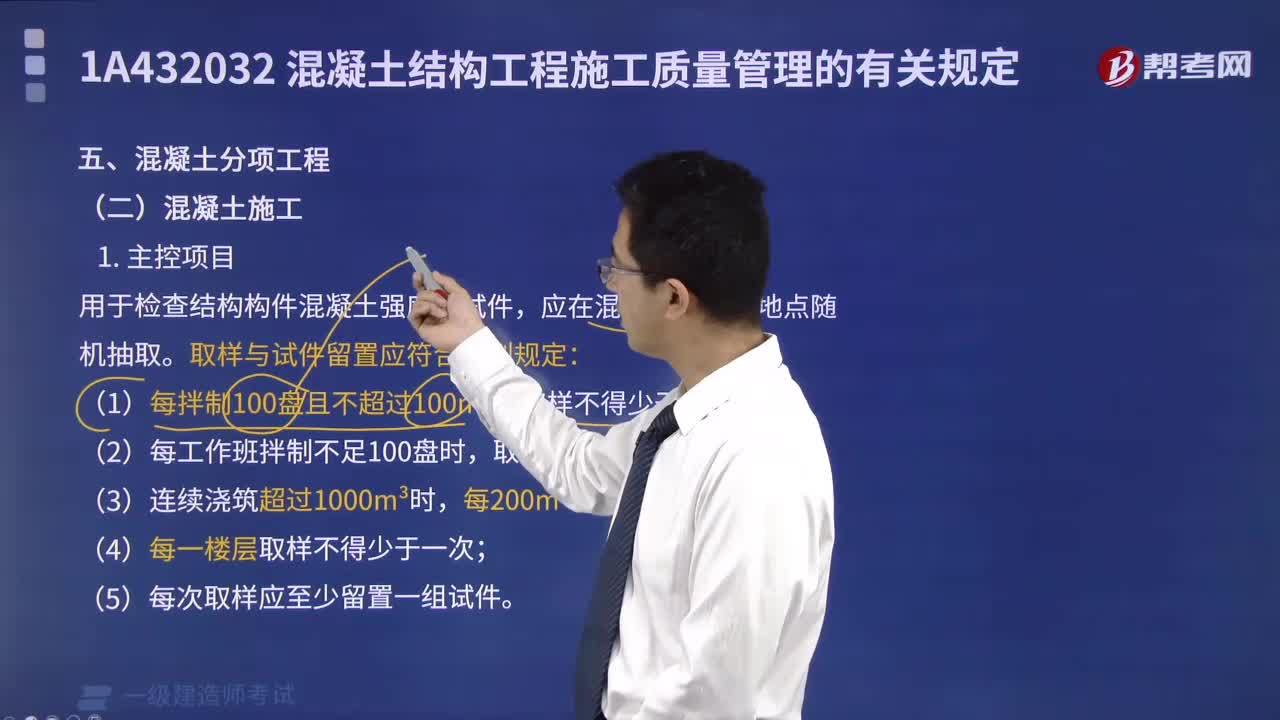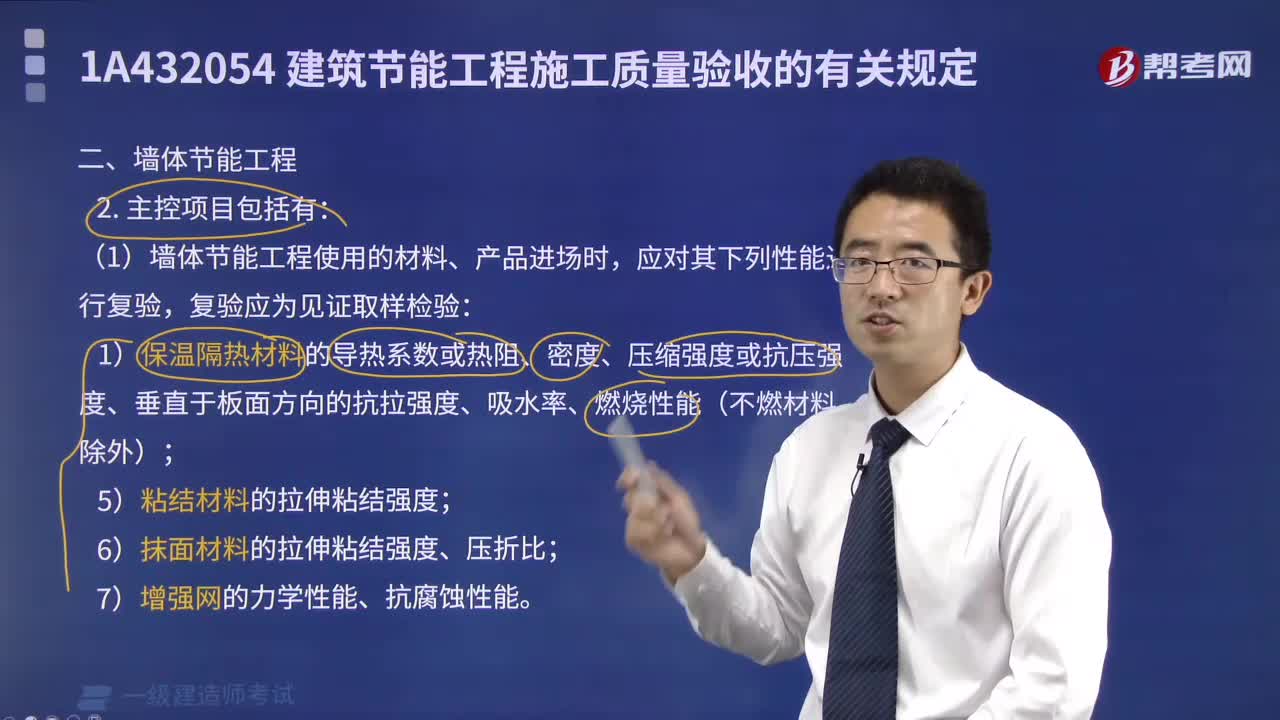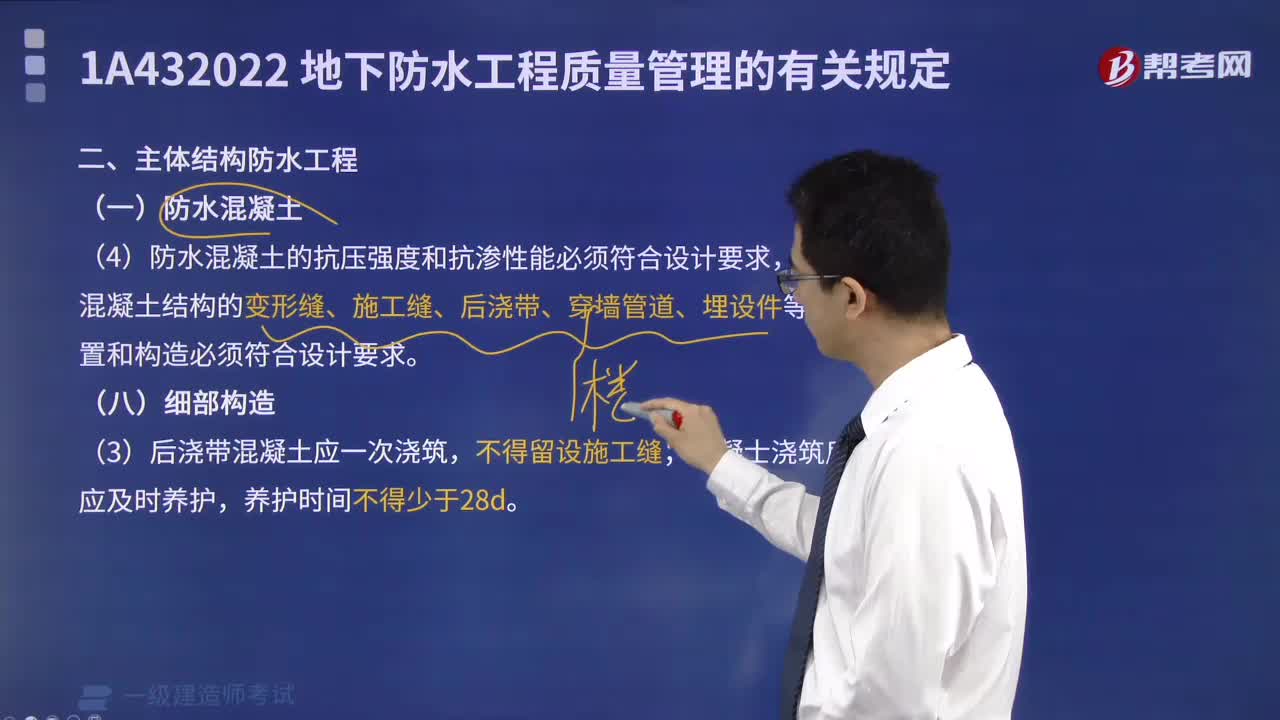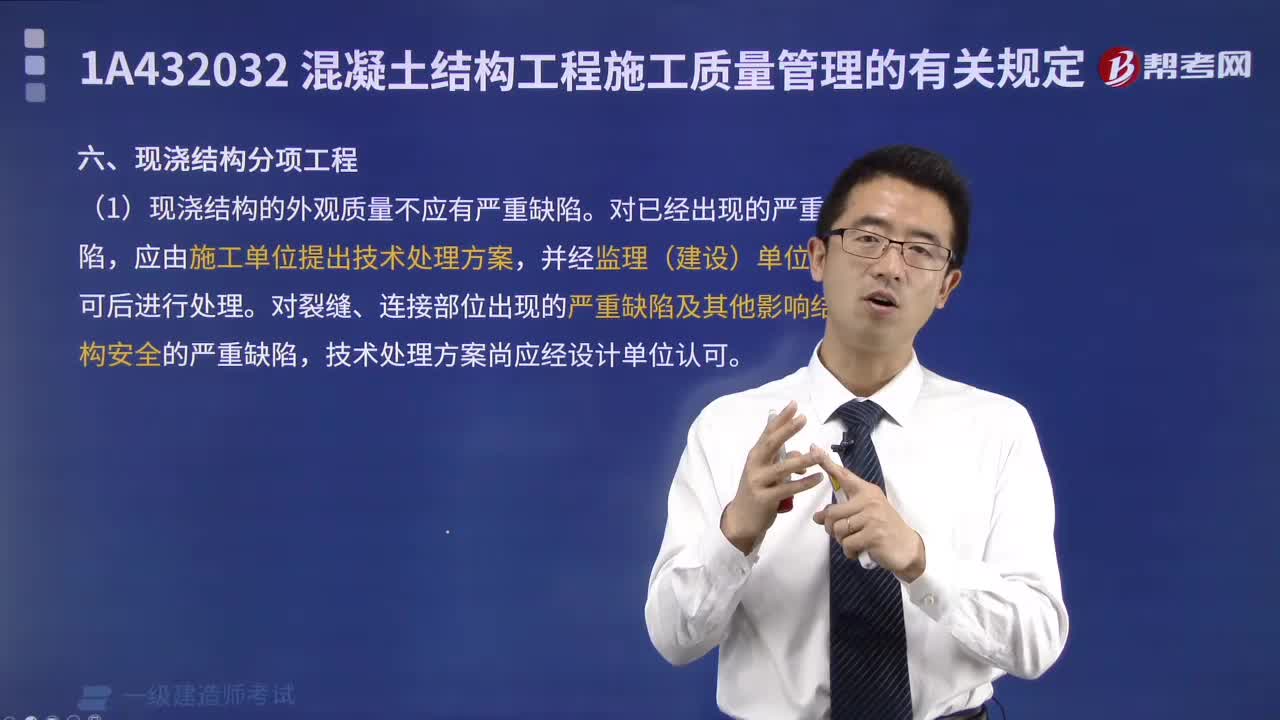
下载亿题库APP
联系电话:400-660-1360

下载亿题库APP
联系电话:400-660-1360

请谨慎保管和记忆你的密码,以免泄露和丢失

请谨慎保管和记忆你的密码,以免泄露和丢失

Students of United States history, seeking to identify the circumstances that encouraged the emergence of feminist movements, have thoroughly investigated the mid-nineteenth-century American economic and social condition that affected the status of women. These historians, however, have analyzed less fully the development of specifically feminist ideas and activities during the same period. Furthermore, the ideological origins of feminism in the United State have been obscured because, even when historians did take into account those feminist ideas and activities occurring within the United States, they failed to recognize that feminism was then a truly international movement actually centered in Europe. American feminist activists who have been described as “solitary” and “individual theorists” were in reality connected to a movement — utopian socialism — which was already popularizing feminist ideas in Europe during the two decades that culminated in the first women’s rights conference held at Seneca Falls, New York, in 1848. Thus, a complete understanding of the origins and development of nineteenth-century feminism in the United States requires that the geographical focus be widened to include Europe and that the detailed study already made of social conditions be expanded to include the ideological development of feminism.
The earliest and most popular of the utopian socialists were the Saint-Simonians. The specifically feminist part of Saint-Simonianism has, however, been less studied than the group’s contribution to early socialism. This is regrettable on two counts. By 1832 feminism was the central concern of Saint-Simonianism and entirely absorbed its adherents’ energy; hence, by ignoring its feminism, European historians have misunderstood Saint-Simonianism. Moreover, since many feminist ideas can be traced to saint-simonianism European historians’ appreciation of later feminism in France and the United States remained limited.
Saint-Simon’s followers, many of whom were women, based their feminism on an interpretation of his project to reorganize the globe by replacing brute force with the rule of spiritual powers. The new world order would be ruled together by a male, to represent reflection, and a female, to represent sentiment. This complementarity reflects the fact that, while the Saint-Simonians did not reject the belief that there were innate differences between men and women, they nevertheless foresaw an equally important social and political role for both sexes in their utopia.
Only a few Saint-Simonians opposed a definition of sexual equality based on gender distinction. This minority believe that individuals of both sexes were born similar in capacity and character, and they ascribed male-female differences to socialization and education. The envisioned result of both currents of thought, however, was that women would enter public life in the new age and that sexual equality would reward men as well as women with an improved way of life.
1. It can be inferred that the author consider those historians who describe early feminists in the United States as “solitary” to be
[A] insufficiently familiar with the international origins of nineteenth-century American feminist thought.
[B] overly concerned with the regional diversity of feminist ideas in the period before 1848.
[C] not focused narrowly enough in their geographical scope.
[D] insufficiently aware of the ideological consequences of the Seneca Falls conference.
2. The author’s attitude toward European historians who have studied the Saint-Simonians is primarily one of
[A] approval of the specific focus of their research.
[B] disapproval of their lack of attention to the issue that absorbed most of the Saint-Simonians’ energy after 1832.
[C] approval of their general focus on social conditions.
[D] disapproval of their lack of attention to links between the Saint-Simonians and their American counterparts.
3. The author mentions all of the following as characteristic of the Saint-Simonians EXCEPT
[A] The group included many women among its members.
[B] The group believed in a world that would be characterized by sexual equality.
[C] The group was among the earliest European socialist groups.
[D] Most members believed that women and men were inherently similar in ability and character.
4. It can be inferred from the text that the Saint-Simonians envisioned a utopian society having which of the following characteristics?
[A] It would be worldwide.
[B] It would emphasize dogmatic religious principles.
[C] It would most influence the United States.
[D] It would have armies composed of women rather than of men.
5. According to the text, which of the following would be the most accurate description of the society envisioned by most Saint-Simonians?
[A] A society in which women were highly regarded for their extensive education.
[B] A society in which the two genders played complementary roles and had equal status.
[C] A society in which women did not enter public life.
[D] A social order in which a body of men and women would rule together on the basis of their spiritual power.
 79
79为什么商务英语考试中有的考生不允许入场?:为什么商务英语考试中有的考生不允许入场?考点将拒绝考生入场,并不予改期考试或退还考费:1. 抵达考点与网上报名所选考点不一致;2. 未携带准考证或规定的有效身份证件;3. 所携身份证件的有效性未通过核验;4. 身份证件类型和号码与所持准考证显示信息不符;5. 身份证件相片与本人明显不符;6. 未按准考证规定时间到达考场;7. 不服从监考人员的管理,扰乱考场秩序。
 21
21需要具备怎样的基础才能备考商务英语BEC中级?:商务英语中级需要有大学英语四级到六级的水平。
 30
30学习商务英语BEC初级需要具备怎样的基础?:学习商务英语BEC初级需要具备怎样的基础?根据BEC考试大纲的要求,学习BEC初级需要有公共英语四级的水平。
 01:06
01:062022-04-07
 02:49
02:492022-04-07
 03:02
03:022022-04-07
 01:43
01:432022-04-07
 02:01
02:012022-04-07

微信扫码关注公众号
获取更多考试热门资料